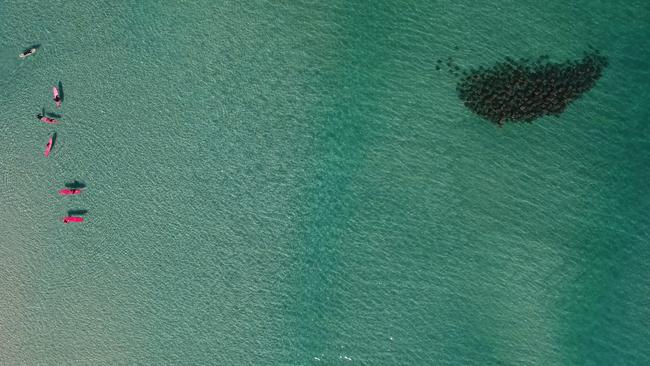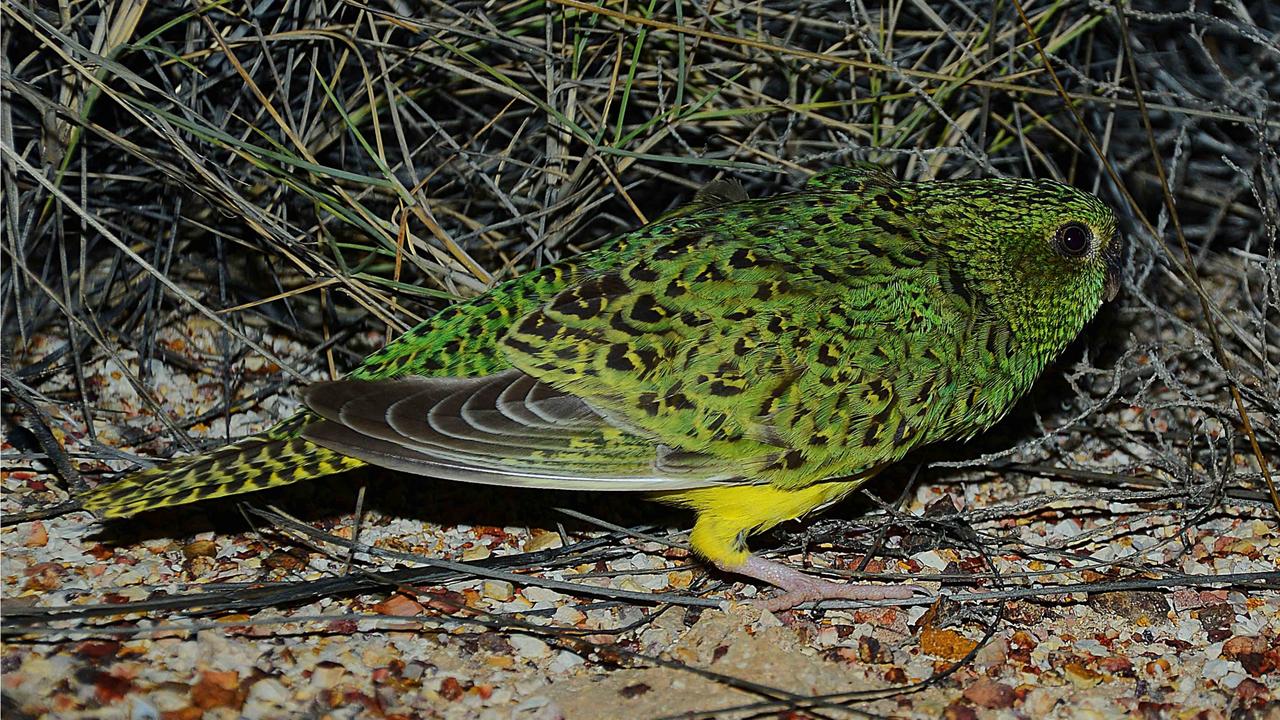Drone rangers lift mask on marine manoeuvres
Marine biologist Brendan Kelaher is delighted by the abundance of marine wildlife picked up by shark safety drones.

There have been crowds of frolicking dolphins, a 12m bryde’s whale feeding in shallow water, an occasional shark and visually spectacular schools of overlapping cownose rays.
Marine biologist Brendan Kelaher is delighted by the abundance of marine wildlife picked up by shark safety drones patrolling on the far north coast of NSW.
“They are just amazing to see,” he said of the rays. “They make wonderful angular patterns.”
Dolphins make the most frequent appearances in the videos, he said. They are the busybodies of Australian coastal waters, teasing other mammals, playing in the surf and inadvertently scaring swimmers and surfers spooked by their dark shadows.

Thorough analysis of 216 videos of roughly 20 minutes filmed by the shark drones has found that the shadow sliding by swimmers was about 135 times more likely to be that of a dolphin than a shark, Professor Kelaher said. “It’s probably even higher than that,” he added.
“Dolphins are attracted to things in the water — they like to know what’s going on.
“I’ve watched lots of footage of dolphins annoying a cormorant, dolphins annoying a stingray, dolphins playing with sharks.”

Professor Kelaher and fellow researchers from the Southern Cross University’s National Marine Science Centre and the NSW Department of Primary Industries have been using drones to monitor beaches on the NSW north coast for the past three years as part of the NSW Shark Management Strategy.

He said the drone cameras, primarily intended to spot potentially dangerous sharks so swimmers and surfers could be warned, had provided a rich source of information on Australia’s marine species. While footage has been captured of possibly dangerous sharks in shallow water, crunching the numbers proved they were far less common than people feared, he added.
At the same time, the analysis found thriving populations of marine animals in the coastal waters.
Professor Kelaher viewed more than 4300 large marine mammals in the drone videos. The most common were bottlenose dolphins, seen in more than 25 per cent of the videos.
White, bull and whaler sharks were seen in less than 1 per cent of the videos.
“When you look down from the air, from that eye in the sky, it’s amazing the things you see,” Professor Kelaher said.

“There are times when there’s lots going on — fish are migrating, there are baitballs of pilchards or anchovies or other fish, and the predators come in.”
At the same time, drone pilots have spotted possibly dangerous sharks and sounded the alarm, helping ensure swimmers and surfers could stay safe.
“This work demonstrates that what we’ve been doing has been effective,” Professor Kelaher said, “and it’s also providing really good information on marine wildlife.”


